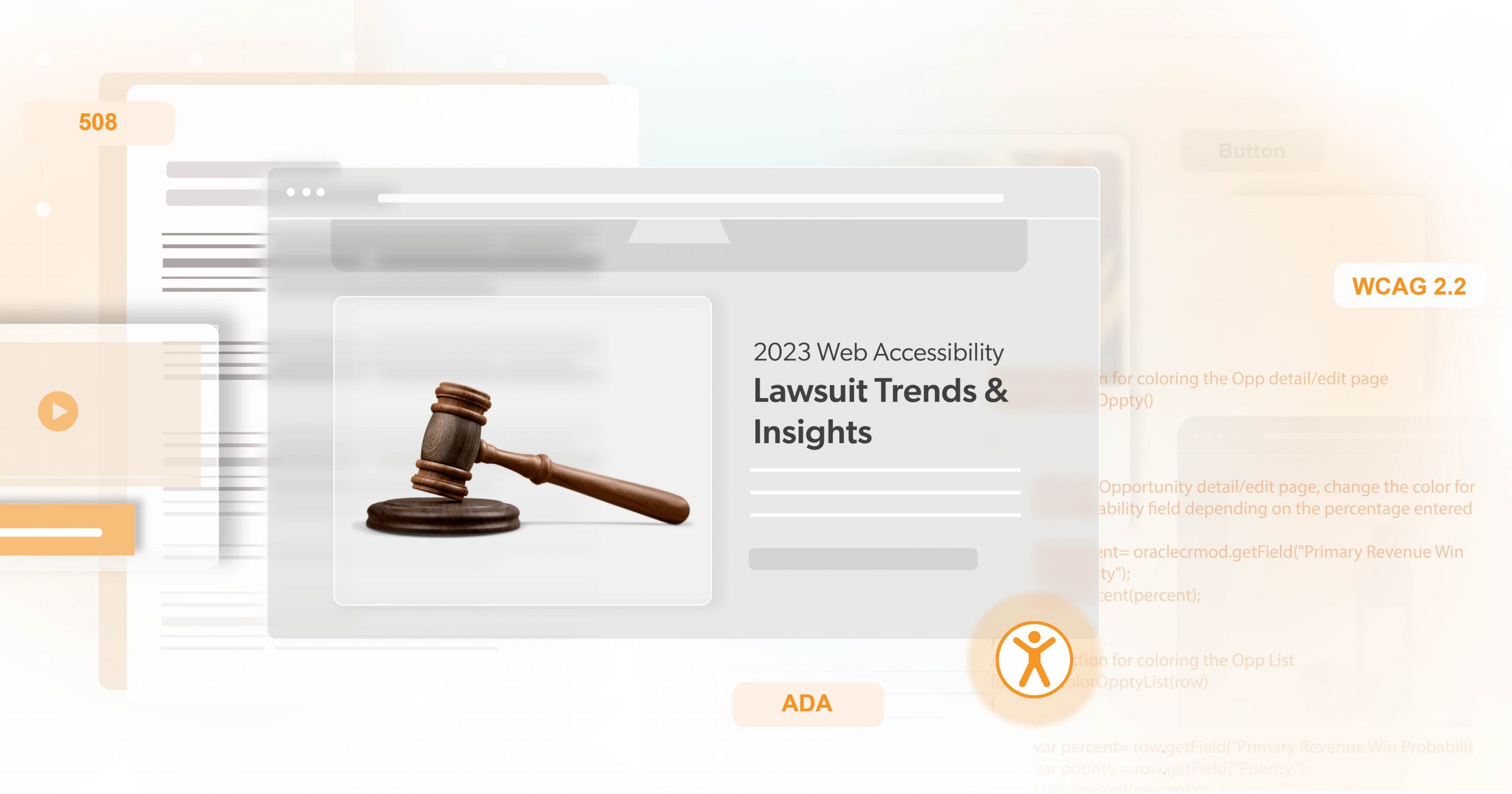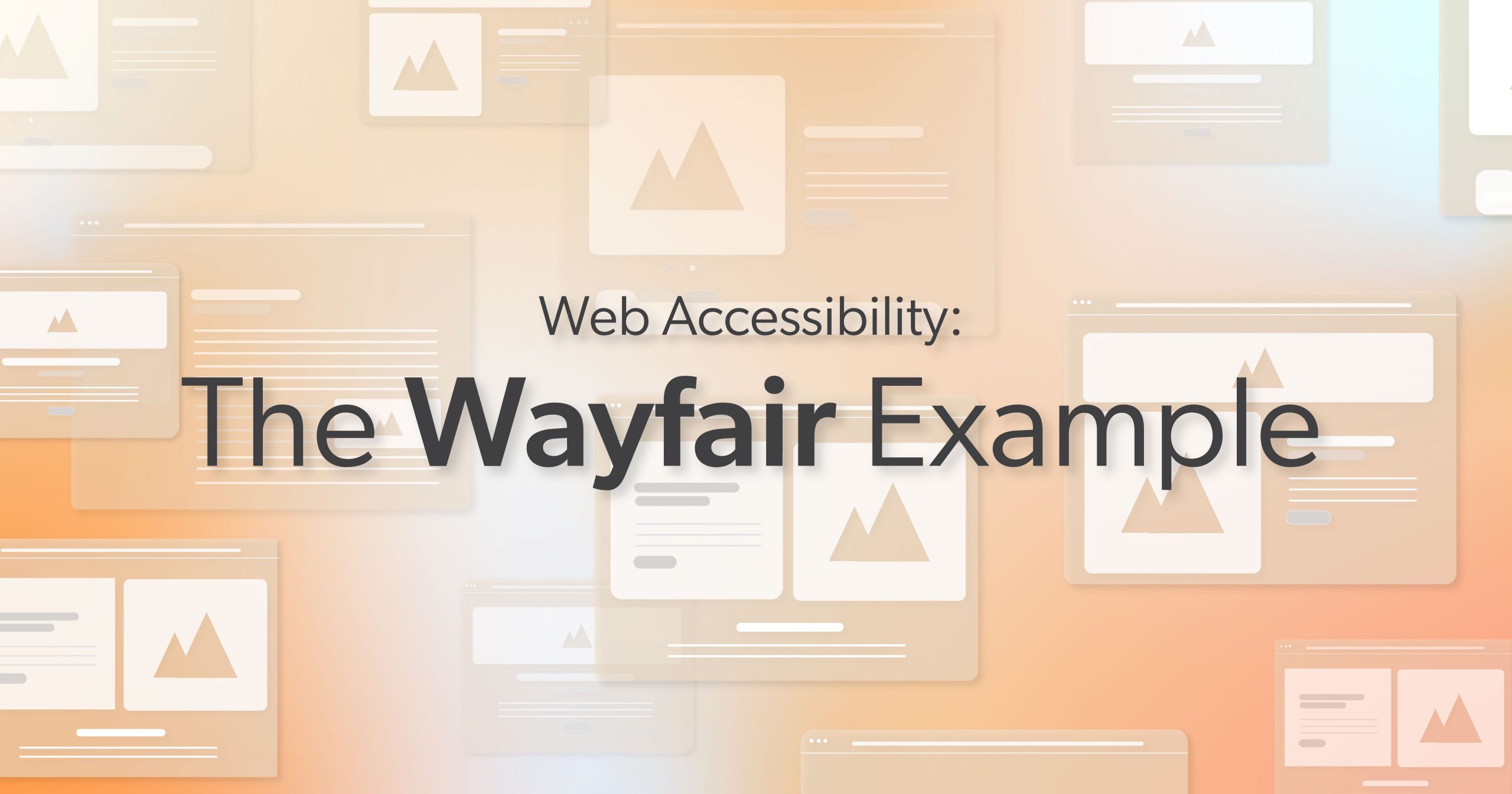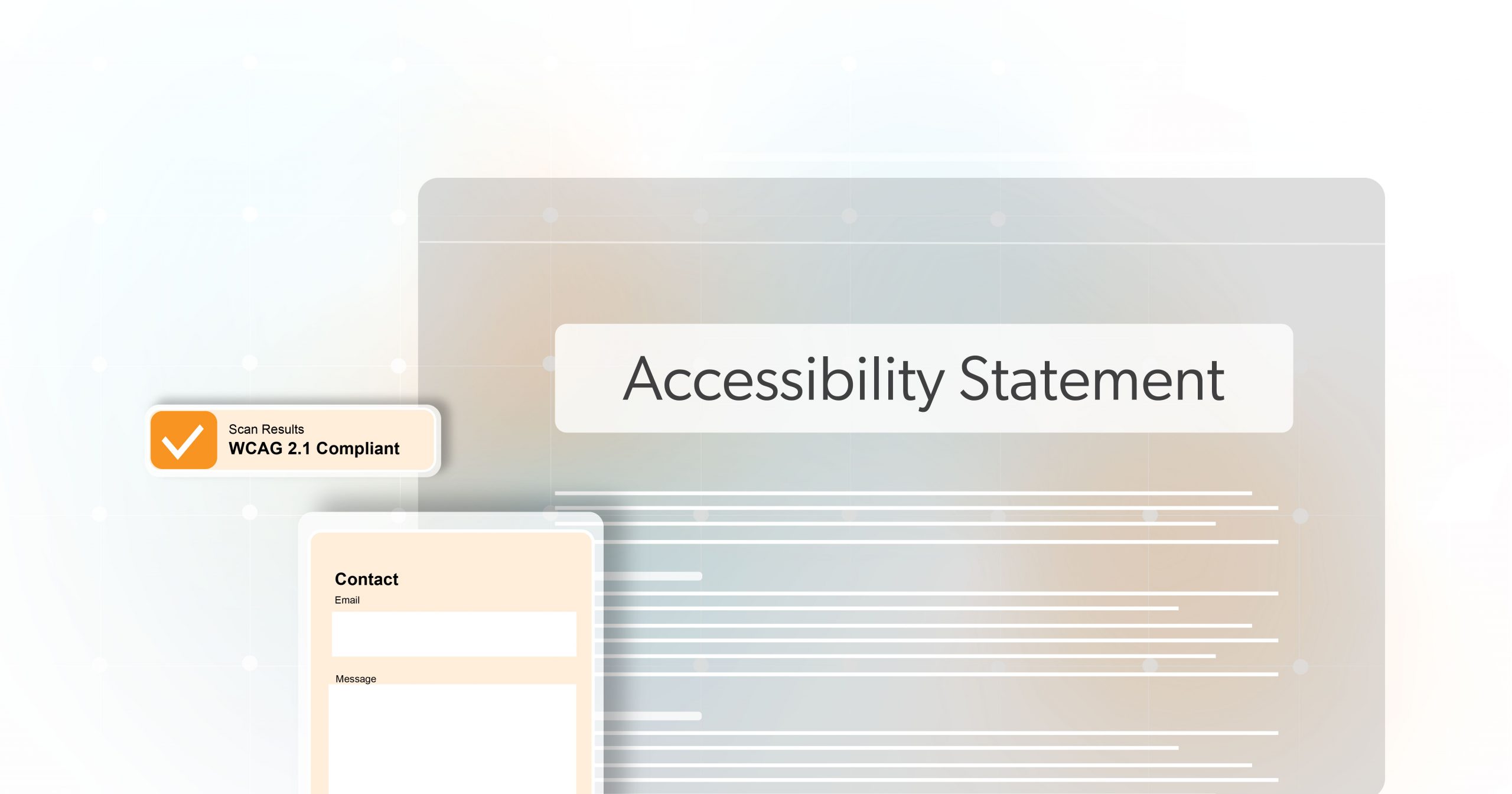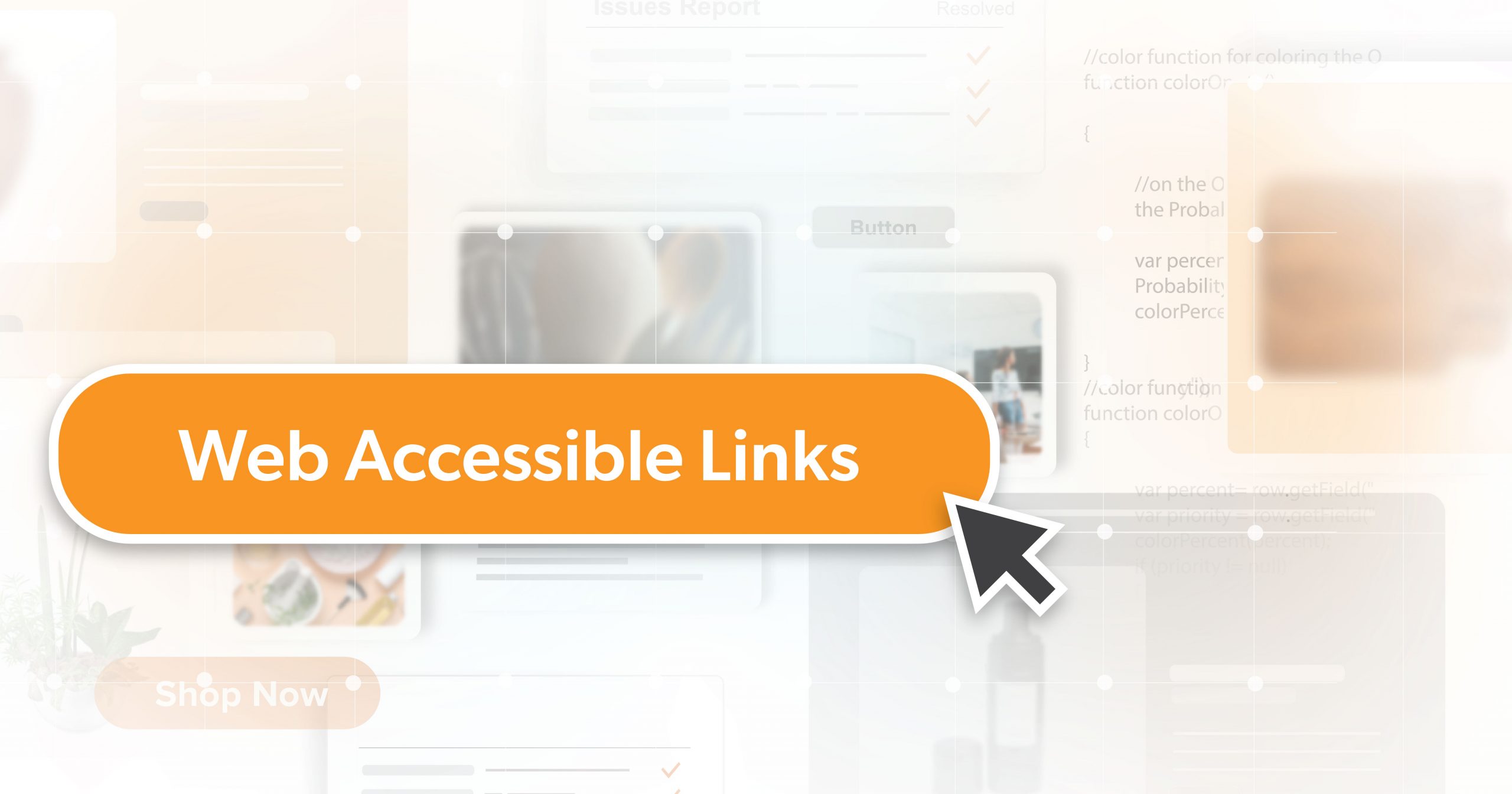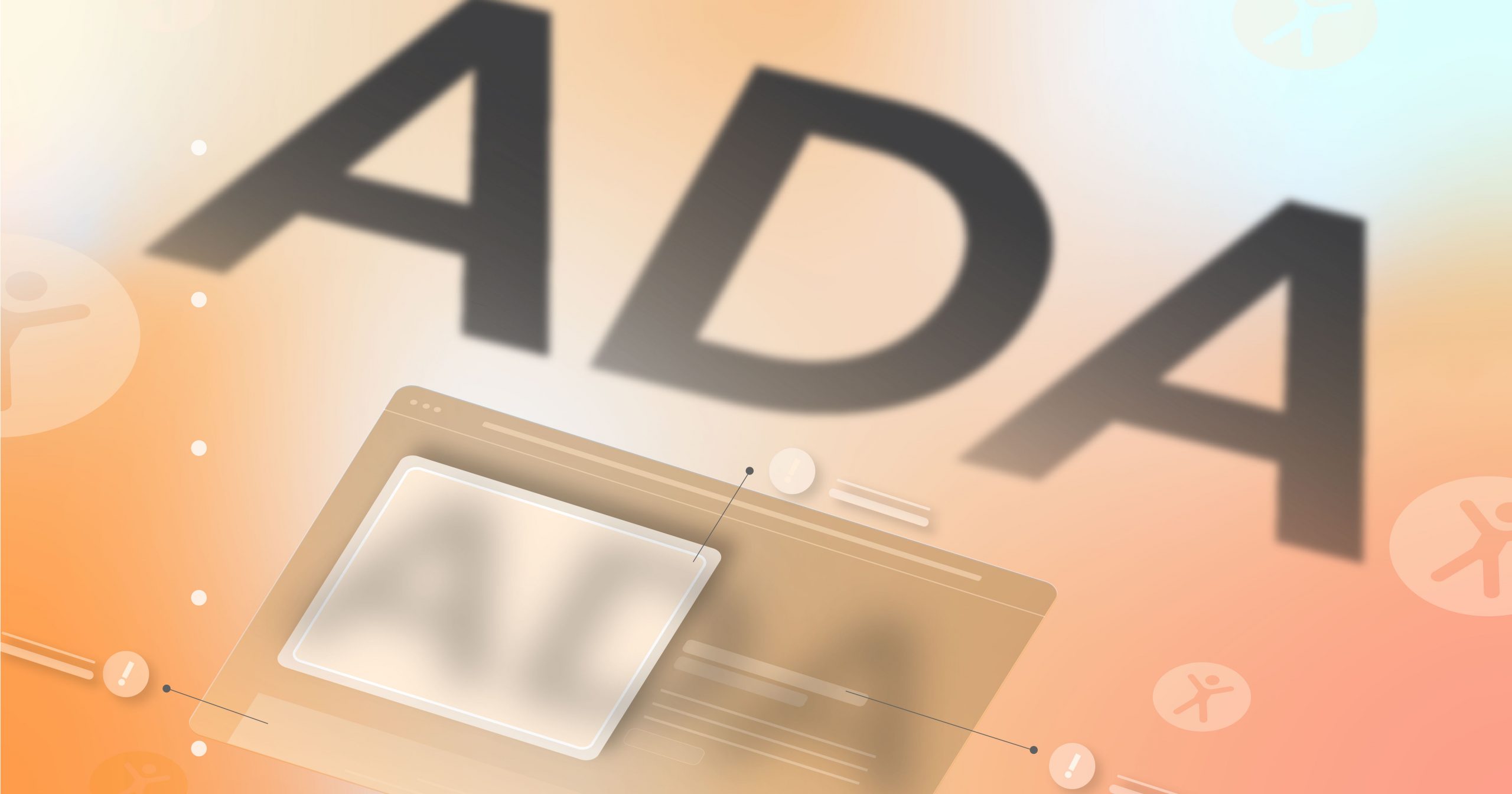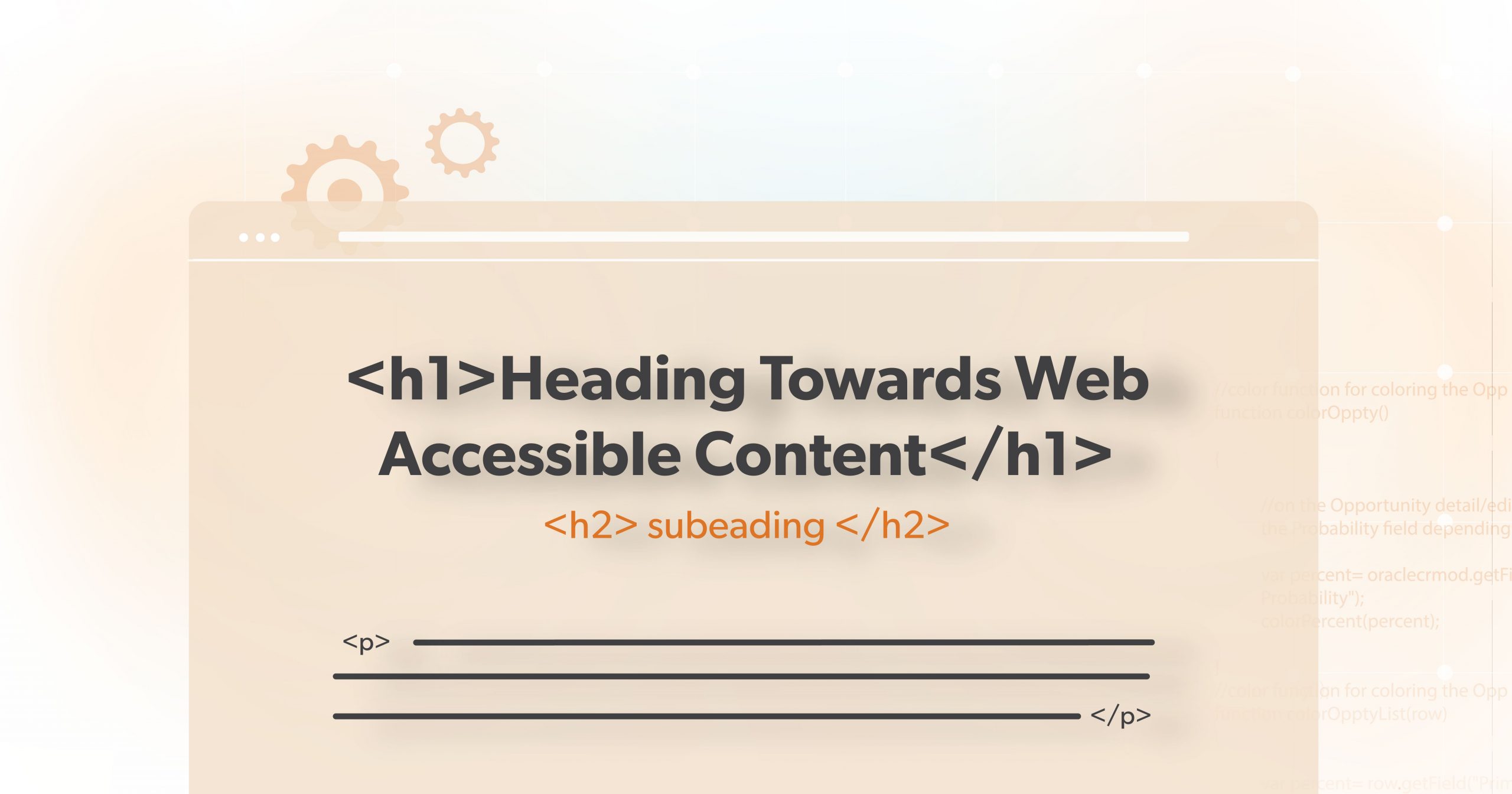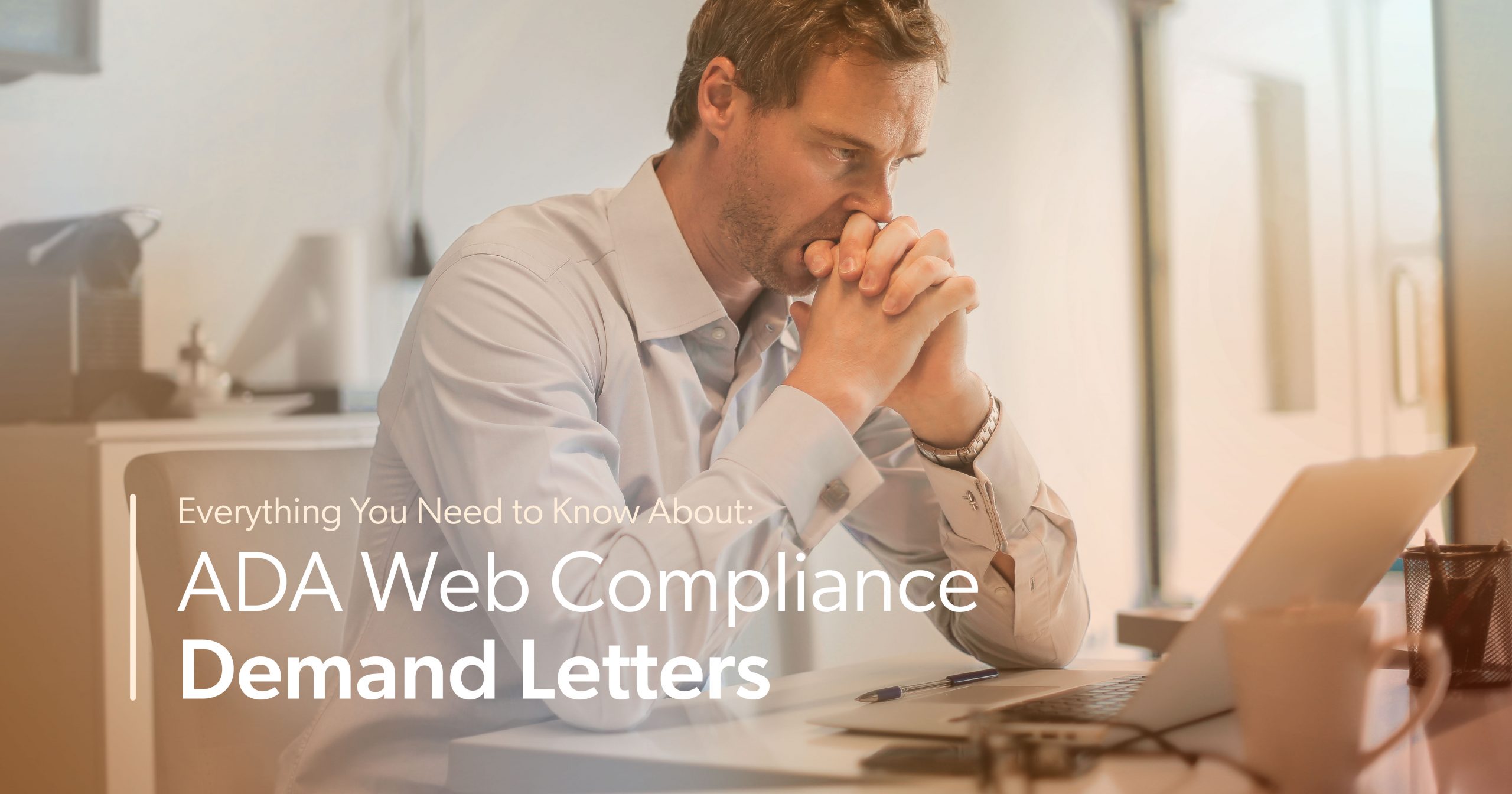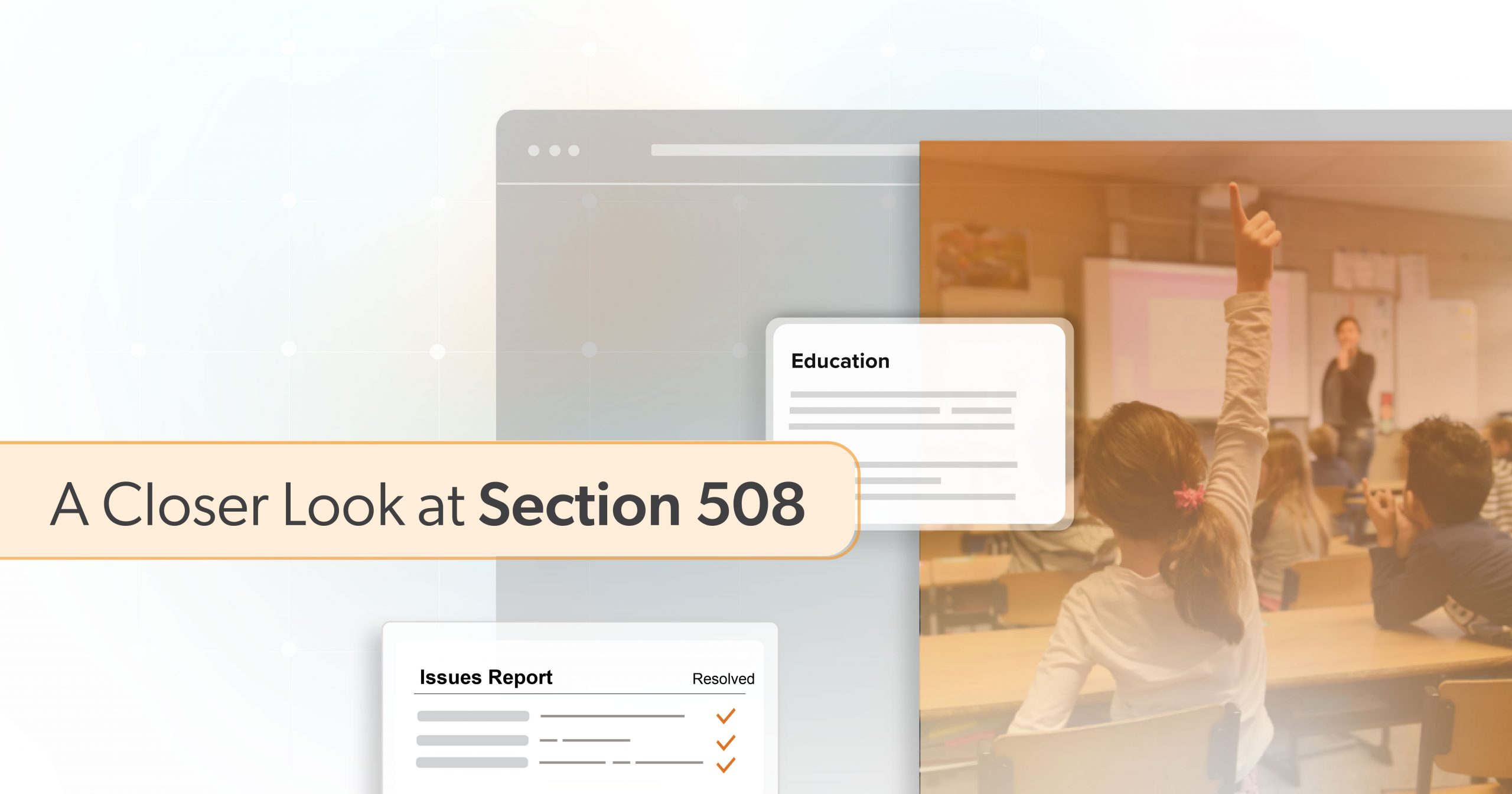Web accessibility is no longer just a buzzword for the tech-savvy; it has become a crucial aspect of every online business. The surge in ADA-related lawsuits in 2023 serves as a wake-up call for website owners, developers, and digital marketers. Ignorance is no longer bliss, and understanding the trends can be the key to safeguarding your online presence in 2024.
For companies of all sizes, this raises a pair of essential questions:
- What is behind this rise in litigation?
- Is my business at risk?
In this post, we break down the 2023 web accessibility lawsuit trends and provide insights to help you navigate the evolving landscape. In today’s digital world, being informed isn’t just advantageous—it’s essential.
A Shift in Web Accessibility
Advocates for digital platforms being included in the Americans with Disabilities Act (ADA) have made significant progress in 2023. The Department of Justice (DOJ) declared that by 2024, all state and local websites must adhere to WCAG AA standards. This move shows that websites and mobile apps are just as important as physical places.
Right now, the declaration above only applies to state and local government groups under Title II of the ADA. But private businesses, often under Title III, might have to follow similar rules soon. This success, along with other updated state laws like California’s Assembly Bill (AB) 1757, has encouraged supporters to take legal action in record numbers.
A Closer Look at the Numbers
The numbers are in, and they’re striking: Plaintiffs filed 4,605 federal and state-filed ADA-related digital lawsuits, 683 more than in 2022. 3,086 of these lawsuits went through federal courts, whereas 1,519 were in state courts. This shift emphasizes the growing significance of state lawsuits in digital accessibility.
New York and Web Accessibility Lawsuits
In fact, Plaintiff firms file almost 75% of all lawsuits in New York federal or state courts. Although we have seen increased lawsuits outside the prominent three regions of New York, California, and Florida, New York is still the king.
But don’t get excited if you are outside of these states. The internet has no boundaries; having customers in a state is enough to be susceptible to legal action. For instance, your online business may be in Ohio. Still, a customer in New York State can file a claim in New York for your website having web accessibility barriers. Your location has no bearing.
But what if you are just a small online business? You should be safe, right?
What Industries Are Most at Risk?
eCommerce websites are more likely to be sued than other industries, such as Food Service and Education. In fact, 80% of all lawsuits are against eCommerce websites, with the majority of cases filed by visually impaired or blind individuals. This is because more and more businesses are selling online than ever before. eCommerce websites constantly change and frequently have complex functionality, making them more susceptible to legal issues.
Want to know more about eCommerce ADA litigation? In that case, check out our article, “Retail is the Prime Target for ADA Web Accessibility Lawsuits.“
Suppose you have already been sued for web accessibility, you should be safe from subsequent lawsuits, right? Unfortunately, the data says otherwise.
Copycat Accessibility Lawsuits Are On the Rise
It is not surprising that 25% of web accessibility lawsuits in 2023, more than 700, were filed against businesses that have previously been involved in ADA digital lawsuits. This highlights the prevalence of legal issues related to accessibility.
Why the Surge in Copycat Lawsuits?
Unfortunately, the ADA does not protect a company with an inaccessible website, regardless of how often they have been sued, when the lawsuits occurred, or whether they settled to make improvements.
Any new user who encounters barriers on a website can file a lawsuit against that website or any other websites or apps owned by the same company. This may lead to copycat lawsuits from new plaintiffs.
The bottom line? If digital content is not accessible, the risk of legal repercussions is substantial. But how should online businesses protect themselves against ADA claims in 2024? Web accessibility widgets and overlays?
Web Accessibility Widgets and Overlays
Many companies that offer accessibility widgets claim to be the ultimate solution for overcoming barriers and even promise legal protection from ADA cases. If you search on Google for web accessibility solutions, you’ll find numerous companies competing for your attention. However, these widgets fall short of being the magical fix many hoped for.
In 2023, 933 businesses using accessibility widgets faced lawsuits, a 62% increase from the previous year. These legal actions often point out the widget features and functionality as causes of accessibility barriers, along with common WCAG failures. But why is that the case?
The Pitfalls of Web Accessibility Widgets and Overlays
One major issue with accessibility widgets is that they don’t address the fundamental access barriers on websites. Although these issues are not visible to most users, they pose significant challenges for people with disabilities.
Furthermore, overlays can only identify 30% of web accessibility errors. Unfortunately, overlay tools struggle to handle the complexity of WCAG guidelines and cannot make the comprehensive changes necessary. The remaining 70% of issues can only be identified through manual testing.
The trend of filing ADA complaints and lawsuits against companies using accessibility widgets will continue into 2024. Achieving complete ADA or WCAG compliance requires more than just overlays or widgets. So, what should you do?
How to Keep Your Online Business Safe
It’s crucial to make sure that your website and online applications follow ADA web accessibility rules to lower the risk of getting sued. This might mean teaming up with web accessibility experts to review your site and make any necessary changes.
To avoid ADA web accessibility litigation, online businesses should take the following steps:
- Review your website: Conduct a comprehensive web accessibility audit to identify all barriers.
- Make a plan: Once you find the barriers, address the issues identified in the audit. Start with the most critical issues first.
- Train Staff: Show your team how to follow the best practices for web accessibility and keep things accessible in the future.
- Use helpful tools: Frequently test your websites or apps for accessibility with tools like web accessibility monitoring services.
- Accessibility Partner: Get support from experts who focus on accessibility to make sure you’re following ADA requirements.
- Stay Updated: Stay updated on WCAG standards and update your websites and apps when needed.
Conclusion
In today’s digital age, web accessibility is non-negotiable. Whether you aim to protect against ADA lawsuits or strive for WCAG 2.2 AA compliance, taking immediate and comprehensive action is vital. At 216digital, we understand the nuances of ADA lawsuits and can help develop a strategy to integrate accessibility into your development roadmap.
Schedule a complimentary ADA Strategy Briefing today to learn more about securing ongoing, real-world accessibility on your terms.

